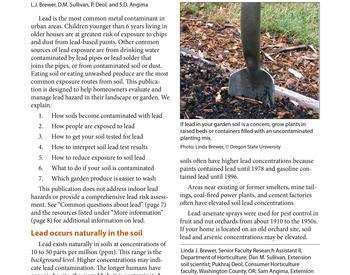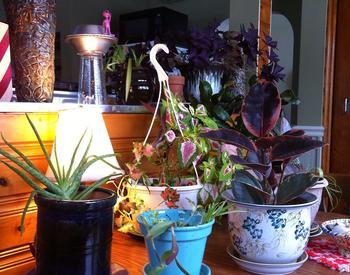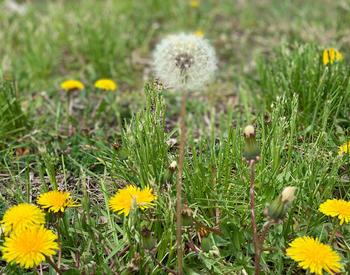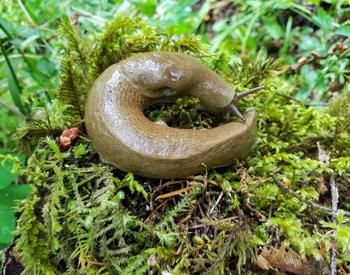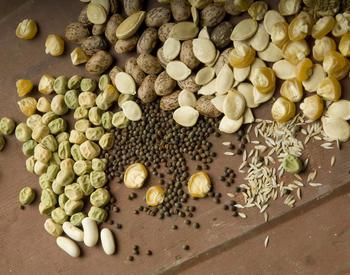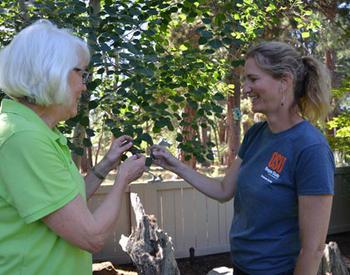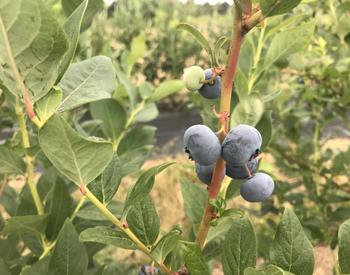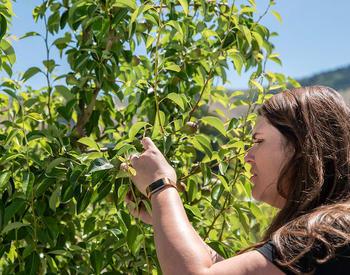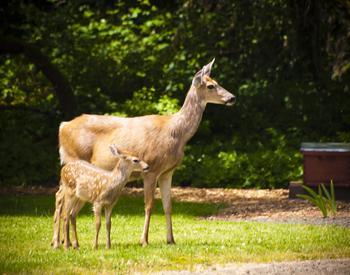Native prairies, marshes and mountain hillsides can provide a source of inspiration for your native plant sunny border. Sunny borders are particularly attractive to butterflies and other sun-loving beneficial insects.
Tips
- During the first two years, provide enough water to encourage a healthy root system. If you see signs of water stress, such as wilting, curling of leaves, or a dull appearance to the leaves, increase watering frequency and/or duration.
- The recommended plants listed below are all sun-loving. However, they may differ in their irrigation requirements. Consider grouping them by their need for water, focusing on drought-tolerant species for drier areas.
- These plants grow best with a minimum of 10 to 12 hours a day of direct sun in midsummer.
- Think about the sunny border throughout the seasons. Delicate annuals such as farewell-to-spring (Clarkia amoena), will die back and then be topped by later-blooming wildflowers such as Cascade penstemon (Penstemon serrulatus).
- Shrubs, with their year-round stems and branches, provide structure and visual height to your sunny border. Select shrubs carefully, taking into account not only their bloom time, but also their growth patterns and ultimate size. As they become taller, you will introduce shade into your sunny border and may have to adjust your herbaceous layer accordingly.
Recommended plants for the sunny border
Shrubs
- Western azalea (Rhododendron occidentale)
- Blueblossom (Ceanothus thyrsiflorus)
- Red flowering currant (Ribes sanguineum)
- Creek dogwood (Cornus sericea)
- Blue elderberry (Sambucus mexicana)
- Red elderberry (Sambucus racemosa)
- Evergreen huckleberry (Vaccinium ovatum)
- Red huckleberry (Vaccinium parvifolium)
- Indian plum (Oemleria cerasiformis)
- Bristly manzanita (Arctostaphylos columbiana)
- Western mock orange (Philadelphus lewisii)
- Pacific ninebark (Physocarpus capitatus)
- Oceanspray (Holodiscus discolor)
- Tall Oregon grape (Berberis aquifolium)
- Pacific rhododendron (Rhododendron macrophyllum)
- Nootka rose (Rosa nutkana)
- Salal (Gaultheria shallon)
- Western serviceberry (Amelanchier alnifolia)
- Silk-tassel (Garrya elliptica)
- Douglas’ spirea (Spiraea douglasii)
- Subalpine spirea (Spiraea splendens)
Ground covers
- Kinnikinnick (Arctostaphylos uva-ursi)
- Coastal strawberry (Fragaria chiloensis)
- Wild strawberry (Fragaria virginiana)
- Woodland strawberry (Fragaria vesca)
Perennials and bulbs
- Small-flowered alumroot (Heuchera micrantha)
- Douglas’ aster (Aster subspicatus)
- Pacific bleeding heart (Dicentra formosa)
- Blue-eyed grass (Sisyrinchium bellum)
- Camas (Camassia leichtlinii)
- Checker-mallow (Sidalcea spp.)
- Western red columbine (Aquilegia formosa)
- Goldenrod (Solidago spp.)
- Douglas’ iris (Iris douglasiana)
- Golden iris (Iris innominata)
- Oregon iris (Iris tenax)
- Yellow monkeyflower (Mimulus guttatus)
- Oregon sunshine (Eriophyllum lanatum)
- Common pearly everlasting (Anaphalis margaritacea)
- Cascade penstemon (Penstemon serrulatus)
- Broadleaf stonecrop (Sedum spathulifolium)
- Yarrow (Achillea millefolium)
Annuals
- Farewell-to-spring (Clarkia amoena)
- Globe gilia (Gilia capitata)
- California poppy (Eschscholzia californica)


